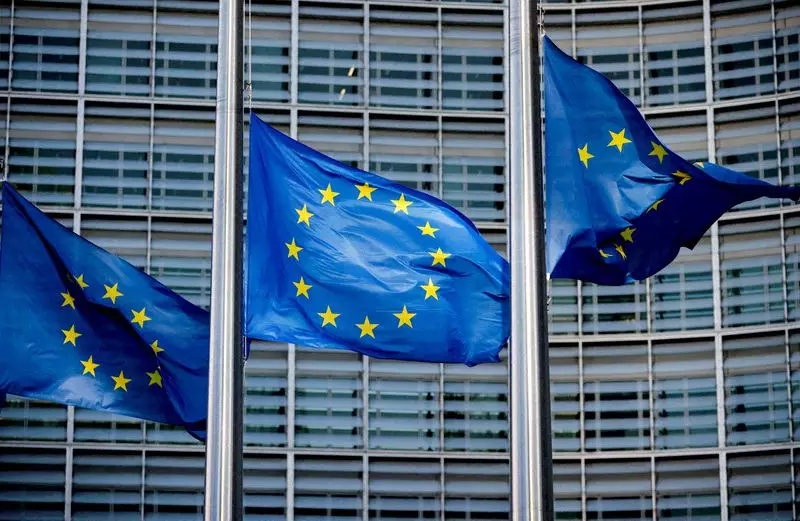As Europe grapples with the pressing issues of climate change, technological advancement, and geopolitical challenges, the demand for substantial investment has surged. A recent draft statement by EU finance ministers underscores the necessity of mobilizing private funds to address the continent’s urgent needs in green and digital transitions as well as defense and research initiatives. This perspective is pivotal as Europe seeks to maintain its competitive edge against economic powerhouses like the United States and China.
The staggering estimate presented by former European Central Bank President Mario Draghi, suggesting that the EU requires around €800 billion annually—representing nearly 5% of the region’s GDP—highlights the scale of the investment challenge. This figure reflects not only the ambition to foster economic growth but also the critical need for sustainability in the face of ongoing climate emergencies.
In their deliberations, EU finance ministers acknowledge the limitations of public funding. Their statements indicate a clear preference for leveraging private investment, a shift in strategy that emphasizes the vital role of capital markets. The ministers stress that given the current fiscal constraints, public resources should primarily act as a catalyst to attract and incentivize private investors rather than cover the entire financial burden independently. The proposition is that by using relatively small amounts of public money to underwrite the riskier aspects of investment projects, governments can create an environment conducive to private sector participation in less hazardous areas.
The underlying logic of this approach is that private capital, with its potential for greater risk appetite and innovation, can fill the funding gaps left by public finances. Thus, the idea is to establish a dynamic relationship where EU financial support effectively amplifies private capital contributions, ensuring that essential projects, especially those yielding positive externalities, receive the backing they need.
The draft highlights the sectors in which this strategy should be applied, particularly focusing on infrastructure that delivers common European goods. For instance, cross-border electricity grids are prominently mentioned as critical European public assets that not only help stabilize electricity prices but also bolster economic resilience. Improved energy infrastructure could significantly alleviate fiscal pressures by diminishing the need for government subsidies while simultaneously supporting economic growth.
The necessity for a robust and well-connected energy network emerges as a pivotal theme. By prioritizing investments in energy efficiency and sustainability, Europe can create a more favorable business environment and reduce operational costs for enterprises and households alike. This holistic approach not only addresses energy needs but also aligns with broader climate objectives, enhancing the EU’s competitiveness in both the technological and economic arenas.
The conversation among EU finance ministers is challenged by the reluctance of several member states, such as Germany, to engage in joint borrowing for shared investments following the debt increase related to COVID-19 recovery efforts. This hesitance presents a significant barrier to collective financial initiatives that could harness both public and private funding effectively.
Moreover, there exists a need for a strategic framework that supports transparency and accountability in how public funds are utilized. Ensuring that public investments yield tangible benefits and encourage subsequent private financing is essential for the EU to move forward cohesively.
As the EU prepares to engage in discussions at the upcoming summit on competitiveness, the dialogue surrounding investment is at a crossroads. The urgent requirements posed by technological transformation and climate change demand an innovative response that marries public purpose with private execution.
Through a concerted effort to leverage private investment, alongside prudent public funding that emphasizes collaboration and infrastructure development, Europe could not only address its current economic and environmental challenges but also lay the groundwork for sustainable growth and resilience in the long term. The approach advocated by EU finance ministers may very well define the future of Europe’s economic landscape, ultimately determining the bloc’s ability to compete on the global stage.

